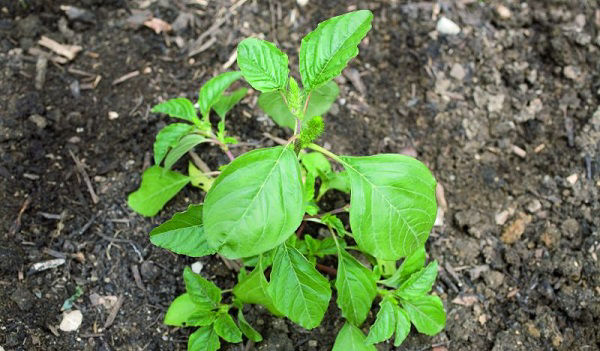Six Questions to Ask When Selecting a Herbicide Program
March 19, 2019

Managing weeds is essential for protecting your corn yields. And controlling the seed bank is the cornerstone of any weed-management program.
“Controlling the seed bank is a numbers game,” said Mark Waddington, product development manager for herbicides at Bayer. “Fewer weed seeds means less chance of emergence and competition, and the lower the risk of resistance development. A long-term integrated weed management program will manage the factors that affect yield and, at the end of the day, production. It all comes down to how much competition exists in a field.”
Resistant weeds force growers to take a closer look at their entire weed-control approach, especially their herbicide program.
“Growers have always known weed control is critical,” said Frank Rittemann, selective corn herbicides product manager for Bayer. “They are now realizing that some of their practices need to evolve to stay ahead of the weed threat.”
When planning a weed-control program, growers should ask themselves these questions:
- What is the history of the field?
Understand the current and past weed pressure in a field, including specific weed species and resistance issues. It’s also important to understand the herbicide history of the field to prevent overuse of single sites of action. - What is the weed pressure in the region?
In addition to weed pressure in the surrounding fields, consider weed pressure throughout the local geography. The prevalence of resistant weeds grows every year, so agronomists and Extension agents are great resources to learn more about the prevalence of specific species in a region, so you can build a weed management program that helps address current and potential threats to your crop. - What type of weather does the field typically experience?
Mother Nature plays a significant role in any herbicide program. Waddington said environmental factors, such as rain and temperature, affect how herbicides work and their overall effectiveness. - How does the soil hold the herbicide?
“The more productive soils, generally, have higher organic matter,” said Waddington. “They will hold herbicides better.” This means that heavier, heartier soils can absorb and hold on to a herbicide for longer periods of time. Conversely, herbicides are at risk of being flushed away with rain in sandy and lighter soils. Soil type and organic matter are also important factors in herbicide use rates. - What is the right level of investment for weed control on my operation? Some growers may be yield maximizers, looking to get the most out of every acre. Other growers focus on optimizing weed management costs per acre. In planning a herbicide program, growers should consider yield goals, type of crop and current market conditions, among other crop-management decisions.
- How do weed escapes affect my season-long plan through harvest?
Weed escapes compete with nutrients. If left in fields, they can chip away at crop potential.
Once growers have answered these six questions, Rittemann and Waddington recommend they use those answers to determine the approach and products that would work best for them. Recommended products include:
Early Post-Emergence:
- Capreno® herbicide features a wide application window and powerful post-emergence control of grasses and broadleaf weeds. With excellent residual control and two effective sites of action, Capreno ensures an amazingly clean finish.
Mid-to-Late Post Emergence:
- Laudis® herbicide delivers powerful residual control of grass and broadleaf weeds combined with crop safety. The residual also stays active in the soil during the growing season, but allows for rotating to soybeans the following season.
Best Management Practices for Weed Control
- Maintain cultural practices of even row spacing and working field grounds
- Scout early and stay ahead of weed emergence
- Be aware of application timing and spray as early as possible
- Understand the chemistries that are being applied, the product’s effective SOAs, the tankmix, and recognize that their effect on certain weeds may vary
©2019 Bayer Group. Always read and follow label instructions. Bayer, the Bayer Cross, Capreno and Laudis are registered trademarks of Bayer Group. Not all products are registered in all states. For additional product information, call toll-free 1-866-99-BAYER (1-866-992-2937) or visit our website at www.CropScience.Bayer.us. Bayer CropScience LP, 800 North Lindbergh Blvd. St. Louis, MO 63167.